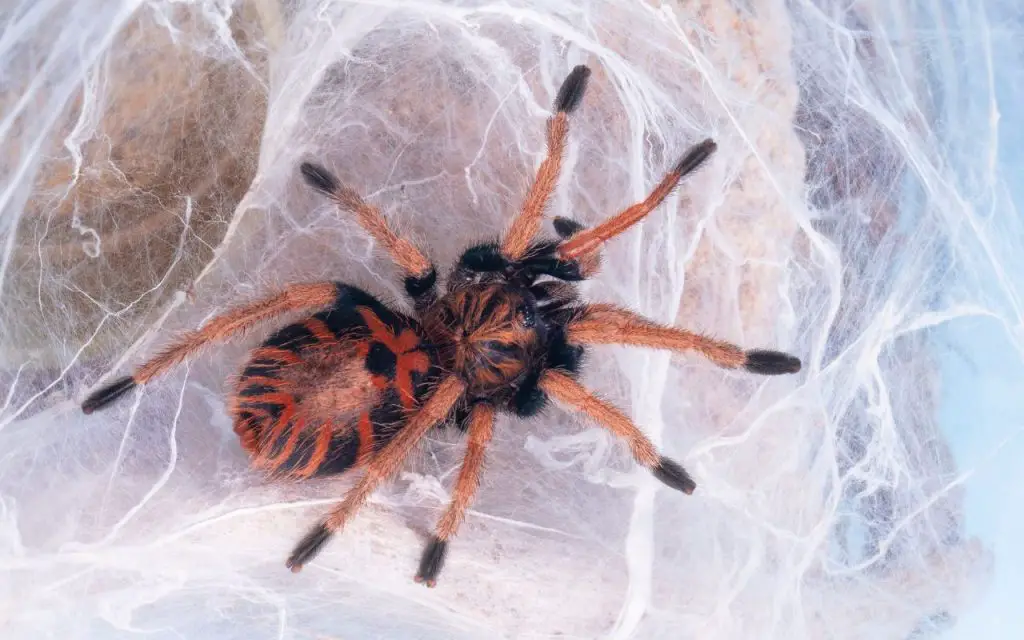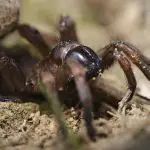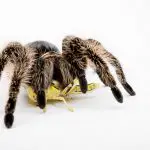Last updated on February 1st, 2023 at 10:07 am
Tarantulas build webs – kind of. They aren’t webs for ensnaring prey, rather they are sheets of webbing or tripwires that serve other functions…
Tarantulas don’t use webs in the same way as most other spiders. Rather than using them to catch prey, they use webbing in other ingenious ways. Two of the most common ways they use it is for alerting them to the presence of prey (like tripwires), or reinforcing their burrows.
Do tarantulas wrap their prey?
Do tarantulas build web to wrap their prey? No. Because of their size and strength, tarantulas overpower prey as soon as they grab it. Their large fangs also create severe wounds to it very quickly. This means that they have no need to wrap prey in silk.
While most spiders hold their prey with their fangs and inject digestive enzymes, tarantulas definitely rely on their crushing power as well. The tarantula’s venom is powerful enough to kill mice and small birds. Some species even have venom strong enough to make a human ill for up to a week (like the Gooty Saphire) .
Nonetheless, it is an extremely popular pet among arachnophiles. Although the females of some species can live for up to thirty years, male tarantulas only live about four to seven years.
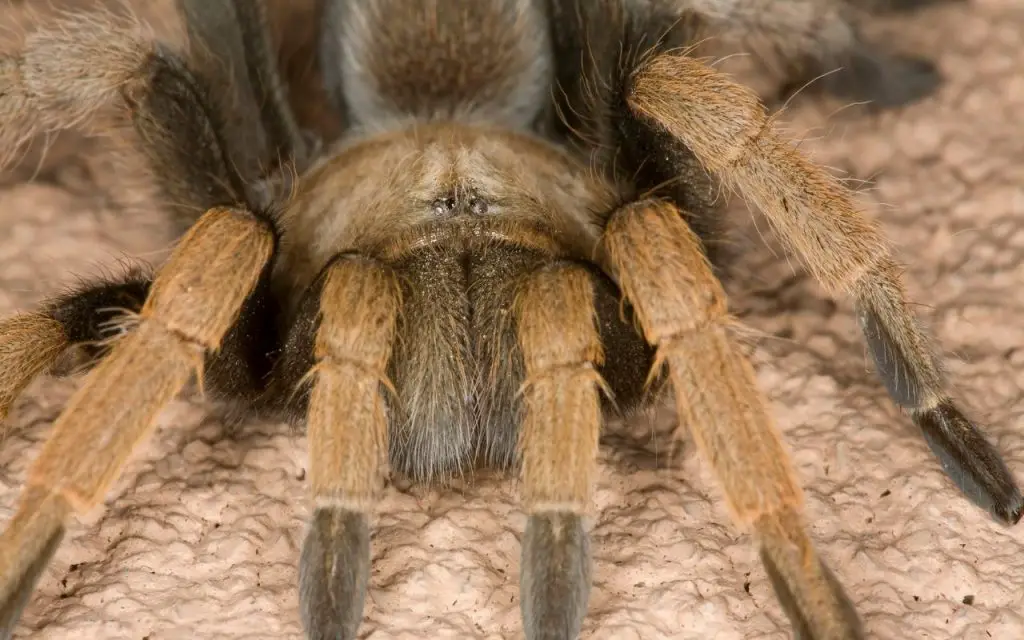
Do tarantulas make webs in trees?
If you’ve ever wondered how spiders manage to make webs, it’s because they have a very peculiar type of body. They have leg-like appendages at the end of their abdomens that secrete silk. These are called spinnerets. Some species of tarantulas have been reported to have silk-producing glands in their toes. This is simply not true, however, and science is slowly beginning to accept this.
The difference between tarantula webs and Halloween cartoon webs is that tarantulas do not make webs that span from object to object to catch flying insects. Instead, they make webs that are like sheets, covering the areas around their favourite hiding place.
Though they don’t make wide-spanning webs, it is true that in general arboreal species make a lot more web than others. These webs aren’t three foot wide like those of some Orb Weavers, for example, but they still look impressive.
Tarantulas known for producing a lot of silk include the following species:
- Greenbottle blue tarantula (Chromatopelma cyaneopubescens)
- Antilles pinktoe tarantula (Caribena versi)
- Brazilian blue dwarf beauty tarantula (Dolichothele diamantinensis)
- Indian violet tarantula (Chilobrachys fimbriatus)
- Orange baboon tarantula (Pterinochilus murinus)
- Rear horned baboon tarantula (Ceratogyrus darlingi)
- Guatemalan tiger rump tarantula (Davus pentaloris)
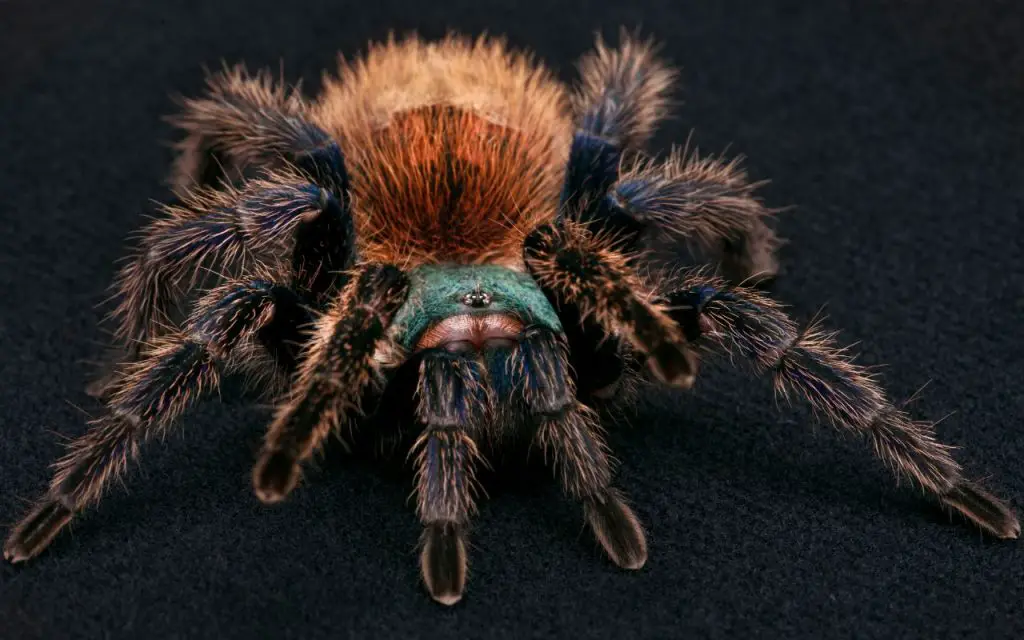
Do all tarantulas make webs?
While it’s true that all tarantulas make web, not all species actually build webs. Creating silk takes a large amount of energy and not all species are required to make webs. In fact, some species may not need to make webs at all, and others may make webs only on occasion. Silk production is related to various factors, such as energy availability and other environmental factors.
Molting: The process of shedding the skin of an adult tarantula is very difficult and painful. While this is common in birds, a tarantula needs to molt in order to grow. This is usually noticeable by the presence of fluid in joints and loose hairs on its abdomen. When a tarantula is ready to molt, it will lie on its back and may even be webbing to rest on
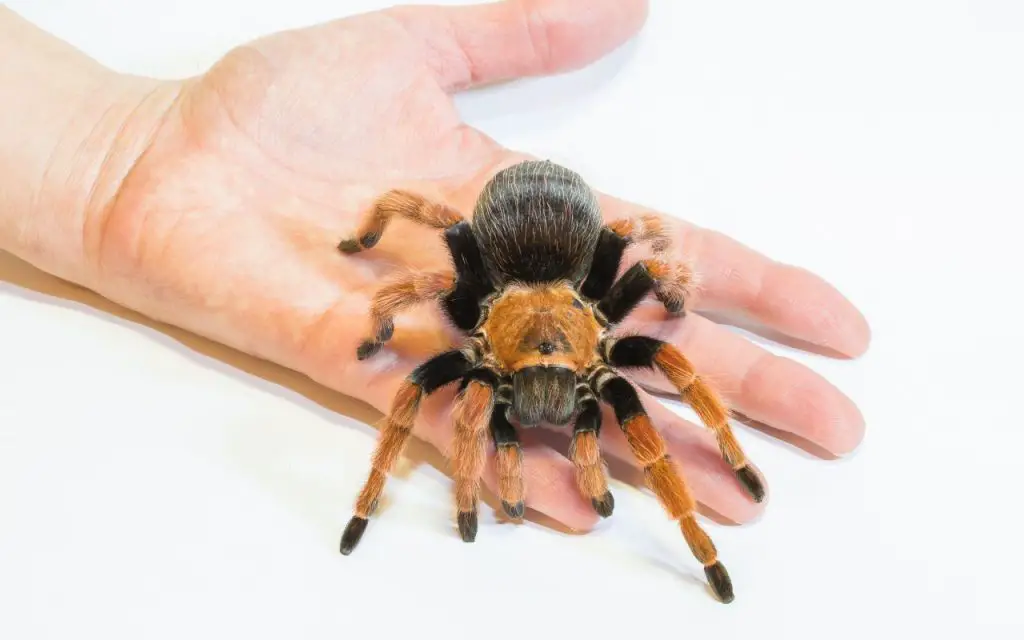
Why is my tarantula making webs?
If you’ve ever wondered why your tarantula is making webs, you are not alone. There are over 800 species of tarantulas, and each one has unique characteristics. One of these characteristics is its ability to make impressive webs. Even better, it doesn’t wait for flies to get stuck in these webs! You’ll probably be surprised to learn that tarantulas are not only practical animals, but they’re also excellent hunters.
Regardless of your tarantula’s circumstances, you should monitor its behavior. If you notice it’s not making webs, there’s a good chance that it is under some kind of stress. Stressed tarantulas don’t spend energy building webs. They instead spend that energy on recovering from a stressful situation. Alternatively, a tarantula may simply stop making webs because it needs to conserve energy.
if your tarantula is regularly laying down webbing around its enclosure or burrow – this is perfectly normal.
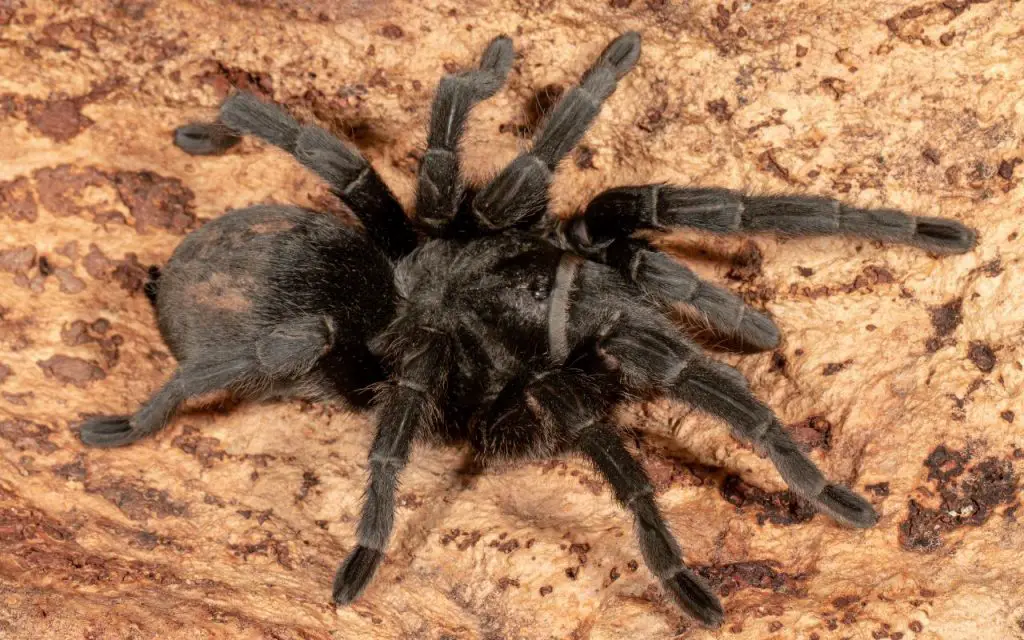
How do tarantulas catch their prey?
A tarantula’s legs are usually bent at the joint, which helps it extend its legs. It uses the pressure created by the fluid in its abdomen to move quickly and efficiently. Because tarantulas have no eyesight, they sense their surroundings by detecting vibrations. Their hairs on their body are also sensitive to light and dark. When they’re feeling threatened, tarantulas make a loud hissing sound.
While tarantulas are generally non-aggressive, larger tarantulas may feed on small vertebrates, such as birds. These nocturnal hunters rely on a high sensitivity to ground vibrations and ambush prey. They inject venom to paralyze their prey, then suck up the blood and liquids through their straw-like mouths.
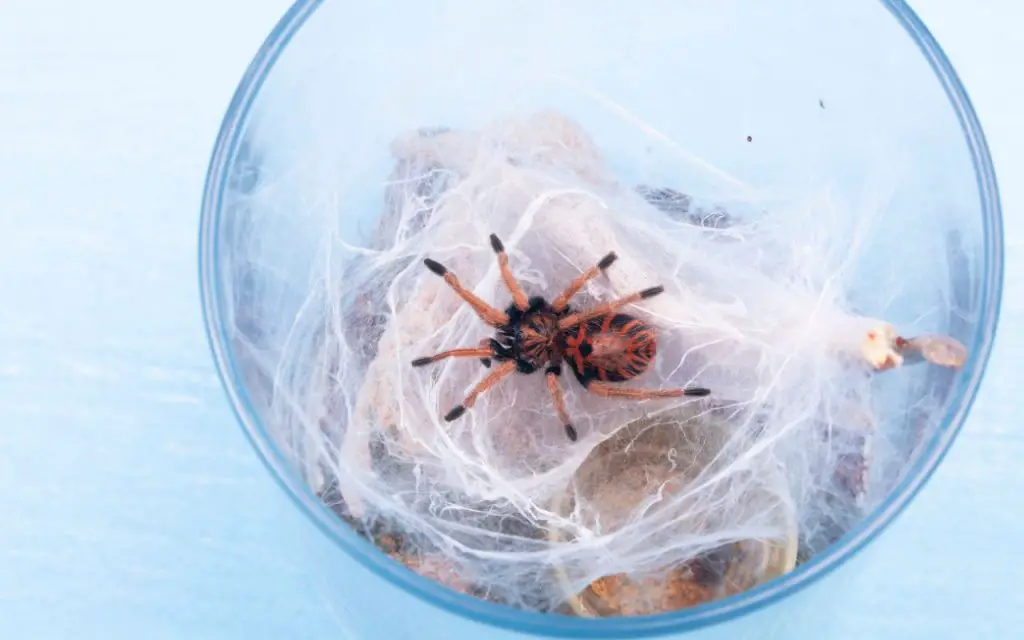
How tarantulas use web vs other spiders
| Tarantulas | Other spiders |
| – to lay on when molting | – to ensnare flying prey |
| – as tripwires | – as tripwires |
| – to reinforce burrows | – to reinforce burrows |
| – during mating/egg-laying | -during mating/egg-laying |
| – | – as a net (the Ogre-faced Spider) |
| – to fly to new areas (called ballooning) | |
| – | – as a bolas (the Bolas Spider) |

